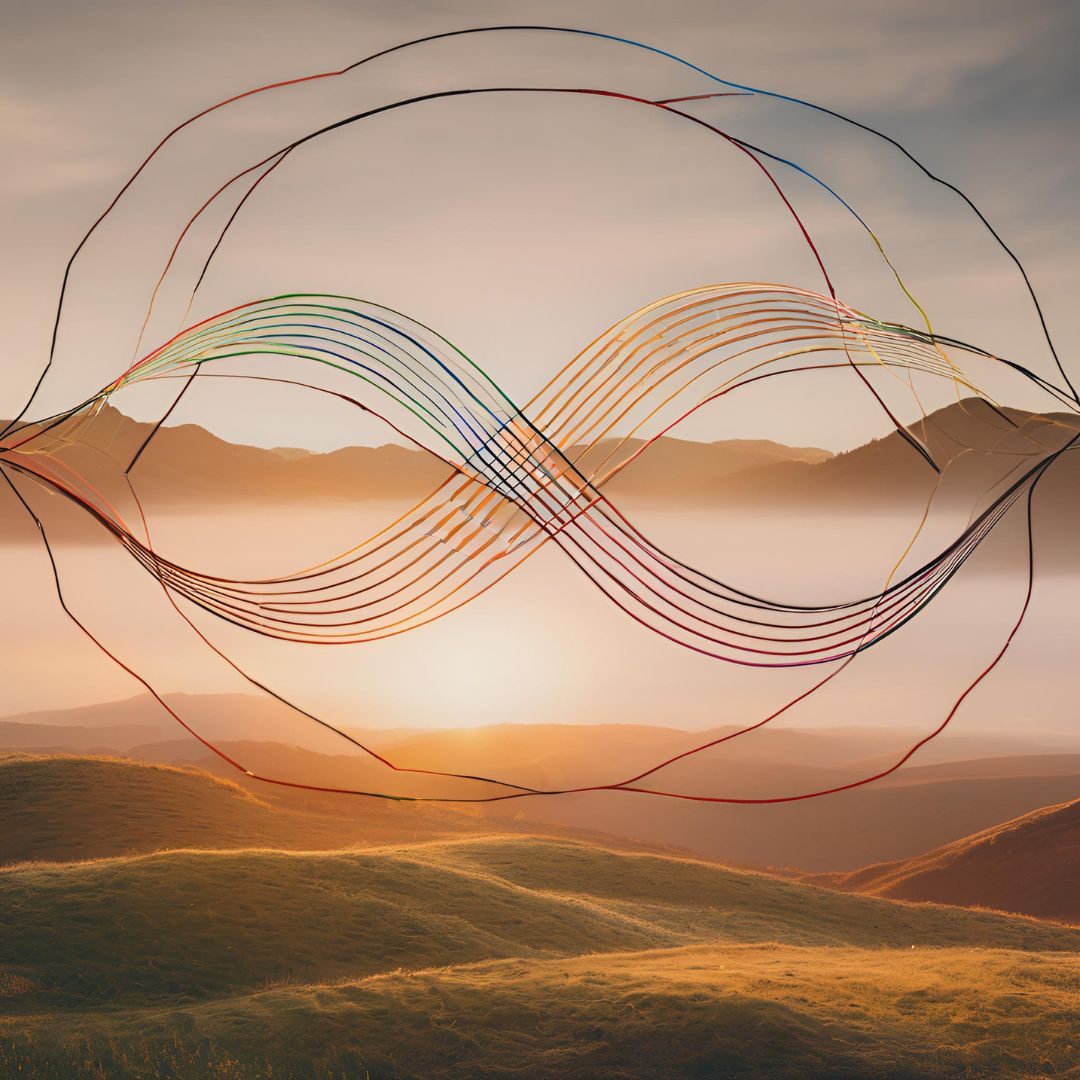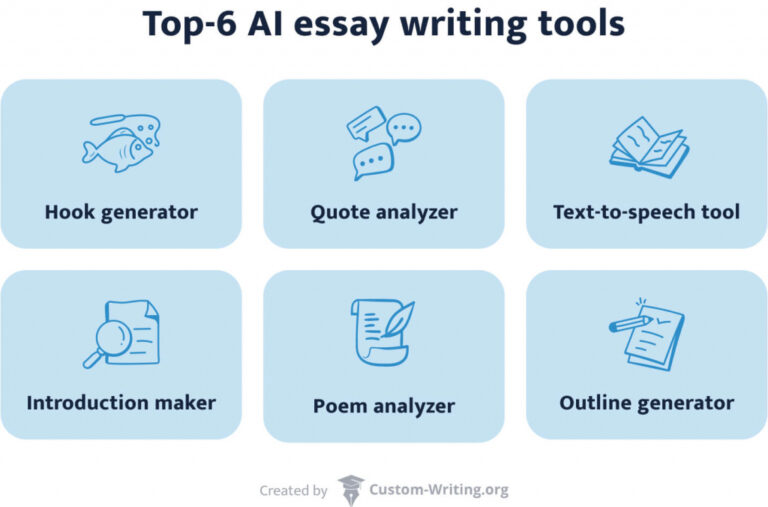What is Biorhythm And How Does It Work: Unveiling Secrets
Biorhythm is a theory suggesting that human lives are affected by rhythmic biological cycles. These cycles include physical, emotional, and intellectual rhythms.
Biorhythms propose that our lives follow predictable patterns, impacting our daily performance and well-being. These cycles start at birth and oscillate throughout life, typically in 23-day (physical), 28-day (emotional), and 33-day (intellectual) intervals. People use biorhythms to forecast potential highs and lows in these areas, aiming to optimize decision-making and personal planning.
While some find value in tracking their biorhythms, scientific consensus remains skeptical. Understanding biorhythms can offer intriguing insights, but it should be approached with a critical mind.

The Essence Of Biorhythm
Biorhythm is a theory that suggests our lives move in rhythmic cycles. These cycles influence our physical, emotional, and intellectual well-being. Understanding biorhythm helps us navigate our daily lives better.
Historical Roots
The concept of biorhythm dates back to the 19th century. It was introduced by Wilhelm Fliess, a German physician. He proposed that human life is affected by rhythmic biological cycles. Fliess identified three primary cycles: the physical, emotional, and intellectual cycles.
These cycles have distinct durations. The physical cycle is 23 days long. The emotional cycle lasts 28 days. The intellectual cycle spans 33 days. Each cycle begins at birth and influences our daily lives.
Modern Interpretations
Today, biorhythm is explored through digital tools and apps. These tools help people track their cycles effortlessly. They provide insights into how these cycles affect our daily activities.
Biorhythm charts are common in modern interpretations. These charts illustrate the peaks and troughs of each cycle. High points indicate periods of high energy and productivity. Low points suggest times of caution and rest.
Below is a simple representation of the three main cycles:
| Cycle | Duration (Days) | Impact |
|---|---|---|
| Physical | 23 | Energy, strength, and coordination |
| Emotional | 28 | Mood, sensitivity, and creativity |
| Intellectual | 33 | Analytical thinking, logic, and memory |
Tracking your biorhythm can improve your life. Knowing your cycles helps you plan better. It makes you aware of your high and low days. You can optimize your activities accordingly.

Credit: bedjet.com
Biorhythm Cycles Explained
Biorhythms are natural cycles that affect our daily lives. These cycles are divided into three main types: Physical, Emotional, and Intellectual. Each cycle operates on a different time frame and impacts different aspects of our well-being.
Physical Cycle Nuances
The Physical Cycle lasts for 23 days. It influences strength, coordination, and overall physical health. During the high phase, you feel energetic and strong.
In the low phase, you may feel tired and weak. Understanding this cycle helps in planning physical activities.
Emotional Cycle Dynamics
The Emotional Cycle spans 28 days. It affects your mood, creativity, and sensitivity. During the high phase, you feel happy and positive.
In the low phase, you may feel sad or irritable. Knowing this cycle helps in managing emotional well-being.
Intellectual Cycle Insights
The Intellectual Cycle lasts for 33 days. It impacts mental clarity, focus, and problem-solving skills. During the high phase, you think clearly and make good decisions.
In the low phase, you may struggle with concentration. Understanding this cycle helps in planning intellectual tasks.
Scientific Basis Of Biorhythms
Biorhythms are natural cycles in our bodies. These cycles affect our physical, emotional, and intellectual states. Scientists believe these rhythms follow a predictable pattern. Understanding these patterns can help us plan our lives better.
Studies And Research
Many researchers have studied biorhythms. They analyze how these cycles influence daily activities. Fliess and Swoboda were pioneers in this field. They discovered three main cycles:
- Physical Cycle: 23 days
- Emotional Cycle: 28 days
- Intellectual Cycle: 33 days
These cycles start at birth. They follow a sinusoidal pattern. Studies show that during positive phases, people perform better. In negative phases, they might face challenges.
Biofeedback techniques support these findings. They track physical responses to emotional and mental states. Advanced tools like EEG help in this research. They measure brain waves and patterns.
Skeptics’ Counterpoints
Not everyone agrees with biorhythm theories. Some scientists question the validity of these cycles. They argue that daily life is too complex for such patterns.
Critics point to the lack of consistent evidence. They argue that other factors influence our states. These include diet, exercise, and social interactions.
A study by Hines in 1998 reviewed multiple biorhythm studies. He found no significant evidence supporting the theory. This has led many to remain skeptical.
Despite these counterpoints, many people still find value in biorhythms. They use them to understand their daily ups and downs. The debate continues, with ongoing research in the field.
Calculating Your Biorhythm
Understanding your biorhythm can help you plan better. Knowing your highs and lows is key. You need to learn how to calculate it first. Let’s explore the tools and methods to do this.
Tools And Calculators
Many online tools can calculate your biorhythm. These tools make it easy to understand. You just need to enter your birth date.
Here are some popular tools:
- Online calculators
- Mobile apps
- Specialized software
These tools give you instant results. They show your physical, emotional, and intellectual cycles.
Charting Your Cycles
Once you have your biorhythm data, you can chart it. This helps you visualize your cycles.
Here is a simple way to chart your cycles:
- Use graph paper or an app.
- Mark the days on the x-axis.
- Mark the biorhythm values on the y-axis.
You can also use a table to track your cycles:
| Day | Physical | Emotional | Intellectual |
|---|---|---|---|
| 1 | High | Low | Medium |
| 2 | Medium | High | Low |
Tracking your cycles helps you plan important tasks. You can choose the best days for crucial activities.
Biorhythm And Health
Biorhythm theory suggests that our lives move in predictable cycles. These cycles can impact our physical, emotional, and intellectual well-being. Understanding biorhythms can help us manage our health better.
Influences On Well-being
Biorhythms can influence various aspects of our well-being. The main cycles are:
- Physical Cycle: Affects strength, coordination, and overall physical health. It lasts 23 days.
- Emotional Cycle: Impacts mood, creativity, and emotional stability. It spans 28 days.
- Intellectual Cycle: Governs alertness, logical thinking, and learning. This cycle is 33 days long.
These cycles start from the day you are born. They continue throughout your life, repeating at their specific durations.
Practical Health Applications
Applying biorhythm knowledge can optimize your health in practical ways:
- Exercise Planning: Schedule intense workouts during high physical cycle days.
- Mental Tasks: Plan critical thinking activities during peak intellectual days.
- Emotional Care: Be mindful of your emotional cycle to manage stress better.
Understanding your biorhythm cycles can help in anticipating good and bad days. This awareness allows for better planning and stress management.
Biorhythm In Decision-Making
Biorhythm is the study of natural cycles in human biology. These cycles affect our physical, emotional, and intellectual states. Understanding biorhythms can help in making better decisions. Biorhythms can guide us in career choices, education, and personal relationships.
Career And Education Choices
Knowing your biorhythm can help choose the best career path. When your intellectual cycle is high, it is the best time to learn new skills. During this period, studying becomes easier and more effective. You can also use biorhythms to decide the best times for exams or interviews.
| Biorhythm Cycle | Best Time For |
|---|---|
| Physical High | Job interviews, starting new projects |
| Emotional High | Making important career decisions |
| Intellectual High | Studying, learning new skills |
Personal Relationship Impacts
Biorhythms also affect personal relationships. When your emotional cycle is high, you are more empathetic and understanding. This is the best time for resolving conflicts and improving relationships. On the other hand, during an emotional low, it’s wise to avoid serious discussions.
- Emotional High: Best time for bonding and resolving issues.
- Emotional Low: Avoid conflicts and serious talks.
- Physical High: Plan activities with loved ones.
Understanding biorhythms can improve your personal life. It helps you choose the best times to connect with others. This knowledge can lead to happier and healthier relationships.
Biorhythm Compatibility
Understanding Biorhythm Compatibility can significantly enhance your relationships. By aligning your biological rhythms with others, you can achieve better harmony. This concept is rooted in the idea that our emotional, physical, and intellectual cycles can sync with those of people around us.
Interpersonal Syncing
Interpersonal Syncing involves matching your biorhythms with someone else’s. This synchronization can lead to improved communication and understanding. When cycles align, interactions feel more natural and less forced. You may notice less conflict and more cooperation.
Here’s a simple table to understand the key aspects:
| Aspect | Impact |
|---|---|
| Emotional Cycle | Better empathy and emotional connection |
| Physical Cycle | Increased energy and activity synchronization |
| Intellectual Cycle | Enhanced mutual understanding and ideas exchange |
Leveraging Harmony In Relationships
To leverage harmony in relationships, first, track your biorhythms. Several apps and tools can help with this. Once you know your cycles, compare them with those of your partner, family, or colleagues.
Steps to leverage harmony:
- Identify your biorhythm cycles.
- Compare with others’ cycles.
- Find overlapping high points.
- Plan important activities during these high points.
For example, if both have a high physical cycle, plan a hike together. If emotional cycles align, have deep conversations or resolve conflicts. Leveraging these cycles can create a harmonious environment.
Criticism And Controversy
Biorhythms have a fascinating history. But, they also face much criticism. Many people question their validity. Others call them pseudoscience. Let’s dive deeper into this controversy.
Debates In The Scientific Community
Many scientists doubt biorhythms. They say there’s no solid proof. They argue that biorhythms are too simple. Human life is more complex. Studies often show mixed results.
| Argument | Details |
|---|---|
| Lack of Evidence | Many studies find no strong support for biorhythms. |
| Human Complexity | Scientists believe human behavior is too complex for simple cycles. |
| Mixed Results | Research often shows inconsistent findings on biorhythms. |
Biorhythm Myths Debunked
Many myths surround biorhythms. Some believe they can predict everything. This is not true. Biorhythms can’t forecast specific events. They also don’t control your fate.
- Myth: Biorhythms predict exact events.
- Truth: They only suggest potential trends.
- Myth: Biorhythms control your life.
- Truth: Many factors influence your life, not just biorhythms.
Enhancing Your Life With Biorhythms
Understanding biorhythms can lead to a more balanced life. These natural cycles impact our physical, emotional, and intellectual states. By aligning daily activities with biorhythms, one can optimize productivity and well-being.
Daily Practices
Incorporate small changes to align with your biorhythms. Start your day with a morning routine that matches your physical peak. This could be a brisk walk or a short workout. During your emotional high, engage in activities that bring joy and connection. This might include spending time with loved ones or enjoying a hobby.
- Morning: Physical activities like exercise or walking.
- Afternoon: Tasks that require emotional intelligence, like team meetings.
- Evening: Intellectual tasks such as reading or planning.
Long-term Strategies
For sustainable changes, adopt long-term strategies. Create a weekly schedule that aligns with your biorhythms. Plan demanding tasks during your intellectual peaks. This ensures you use your mental energy efficiently.
Track your biorhythm cycles using a journal. Note how you feel during different times of the day. Over time, patterns will emerge, helping you better understand your cycles. Adjust your lifestyle to match these patterns.
| Time of Day | Activity |
|---|---|
| Morning | Physical exercise |
| Afternoon | Creative work |
| Evening | Planning and reading |
Set long-term goals that are in sync with your biorhythms. This could involve career planning, personal development, or health goals. Aligning your goals with your natural cycles can lead to better success and satisfaction.
The Future Of Biorhythms
The study of biorhythms is evolving rapidly. Future developments will likely transform how we understand and utilize these natural cycles. With the advent of new technologies, the potential applications of biorhythms are expanding every day.
Technological Advances
Technology plays a crucial role in the study of biorhythms. Wearable devices can now track our physical, emotional, and intellectual cycles. These gadgets collect data that help us understand our body’s natural rhythms.
Here are some key technological advances:
- Wearable health monitors that track vital signs.
- Mobile apps that predict your biorhythms.
- AI algorithms that analyze your cycles.
These tools provide real-time insights into how our bodies function. They can even suggest optimal times for activities based on your personal biorhythms.
Expanding The Horizons Of Biorhythm Research
Researchers are diving deeper into the science of biorhythms. New studies aim to uncover how these cycles impact mental health, performance, and well-being.
Some exciting research areas include:
- Mental health: Understanding how biorhythms affect moods.
- Productivity: Identifying peak performance times.
- Sleep studies: Analyzing sleep patterns and cycles.
By expanding research, we can better integrate biorhythms into daily life. This could lead to improved health, increased productivity, and enhanced well-being.

Credit: study.com
FAQ about What is Biorhythm
What Is The Science Behind Biorhythms?
Biorhythms are based on the idea that physical, emotional, and intellectual cycles influence human behavior and performance. These cycles repeat at regular intervals, typically 23, 28, and 33 days. Tracking biorhythms helps predict periods of high and low efficiency.
How Do I Know My Biorhythm?
Use a biorhythm calculator online. Enter your birth date to see physical, emotional, and intellectual cycles.
What Does It Mean When Your Biorhythm Is Negative?
A negative biorhythm indicates low energy and reduced performance in physical, emotional, or intellectual areas. It suggests a period of vulnerability.
What Is The Most Important Biorhythm?
The circadian rhythm is the most important biorhythm. It regulates sleep-wake cycles, impacting overall health and productivity.
Conclusion
Understanding biorhythm can enhance your daily life. It reveals patterns that affect your physical, emotional, and intellectual states. By tracking these cycles, you can optimize your activities. This knowledge helps in planning better and achieving greater well-being. Stay in tune with your biorhythms for a balanced and productive life.







